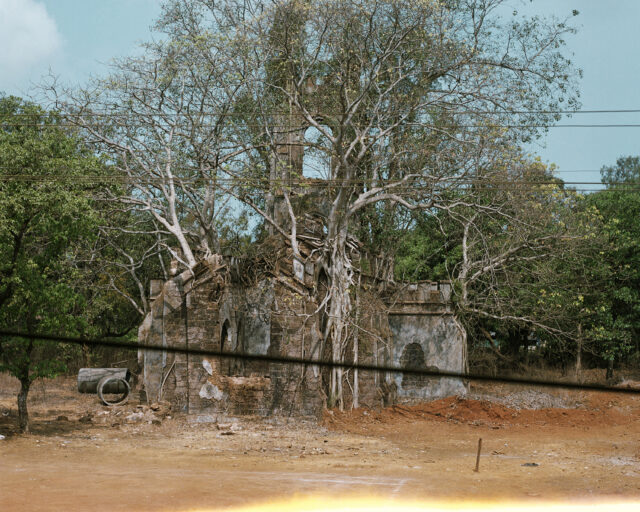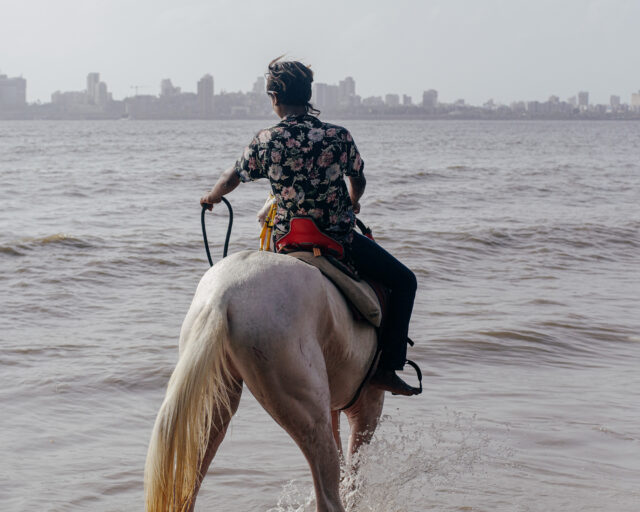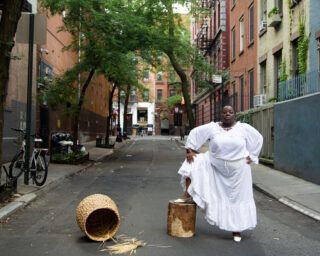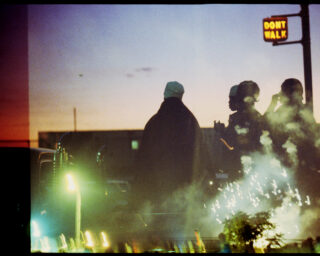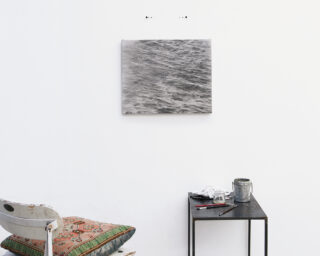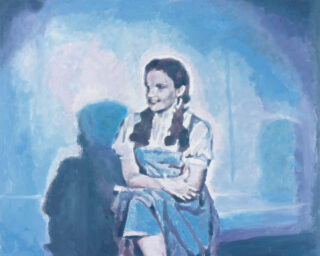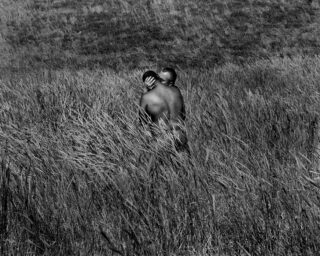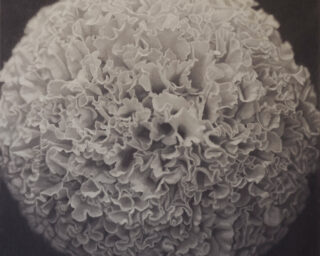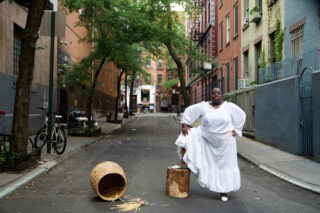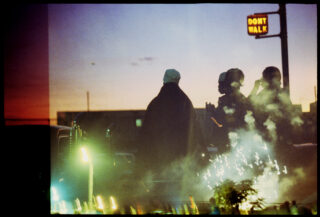Why Sohrab Hura Considered Himself an “Anti-photographer”
In his first-ever US museum survey, the Indian artist experiments with the possibilities of documentary images—and expands into painting and video.
Sohrab Hura, Untitled, from the series The Songs of Sparrows in a Hundred Days of Summer, 2013–ongoing
For a period of about three years during his mid-twenties, Sohrab Hura strived to be what he called an anti-photographer. Doubt had begun seeping into his work. In particular, he felt conflicted about the ways in which documentary photography generates images from other people’s oppression. Regarding his own role, he quotes Arundhati Roy, who writes: “The trouble is that once you see it, you can’t unsee it. And once you’ve seen it, keeping quiet, saying nothing, becomes as political an act as speaking out. There’s no innocence. Either way, you’re accountable.”
In his first-ever US survey, Sohrab Hura: Mother, at MoMA PS1, the artist, who was born in Chinsurah, India, in 1981, reconsiders the possibilities of images. His body of work, spanning two decades, includes photography and film as well as drawing, painting, and writing—an astonishing range for someone who is self-taught. While the exhibition features experimentations with different media, Hura insists all of his work remains image driven.
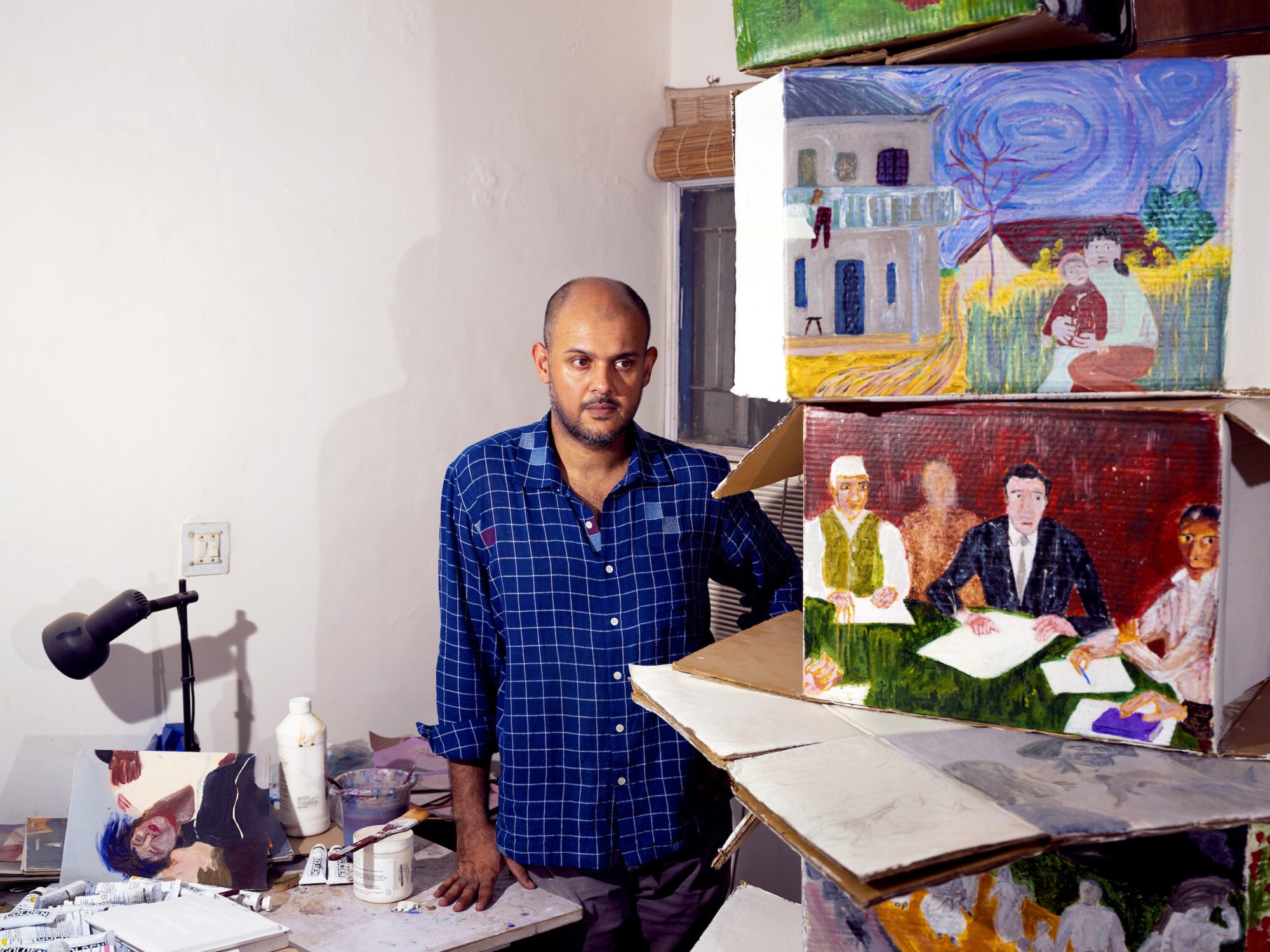
“The moment when I think of it as a survey show, suddenly I become the center of it, and then it becomes about my journey,” he told me recently. “But for me, really, it’s about the multiple lives of images, and that also allows me to look at any of these older works as being no different, in terms of there not being any kind of hierarchy compared to some of the new works.”
The curator Ruba Katrib had been following Hura’s career when he began shifting from a primarily lens-based practice to other forms of art making. She sees a continuity to his approach, saying, “For him, it’s all about what an image can do and the stories it can tell.”
When Hura first picked up a camera as a teenager, like so many aspiring photographers before him, he saw the power in making something seen. “I’d been feeling invisible,” Hura, now forty-three, recalled of his younger self. “And so, photography became a way to feel visible, to feel like I could touch someone, which I felt I wasn’t able to for a long time.”


Initially, photography promised immediate transmission of the stories he felt were most urgent. “I started photography at a time when I believed that photography could change the world,” he said. Youthful idealism combined with a desire to travel led him to document what he was witnessing for local press. One of his earliest series, Land of a Thousand Struggles (2005–6), exposes the grim reality of impoverished rural communities in central India. Black-and-white photographs capture women, children, and older people swinging pickaxes, breaking rocks, and engaging in other physical labor. Candid and wide shots show workers gathering at a rally. The portrait of an injured man lying down, a wound healing into a scar on his bare left hip, reveals the brutal aftermath of police violence that targeted protestors. These encounters provided Hura, then a recent graduate student with a master’s degree in economics, his first introduction to grassroots politics.
Hura’s handwritten captions contextualize the images in the series, as if to acknowledge the link between the lives of the people he was recording and his own. It was an entanglement he understood from the beginning. “Right from the start,” he said, “I felt a bit of a dichotomy where, on the one hand, I wanted to do photography that would nourish my heart, and at the same time there was a voice in my head that would tell me that I had the responsibility to carry people’s stories forward.”
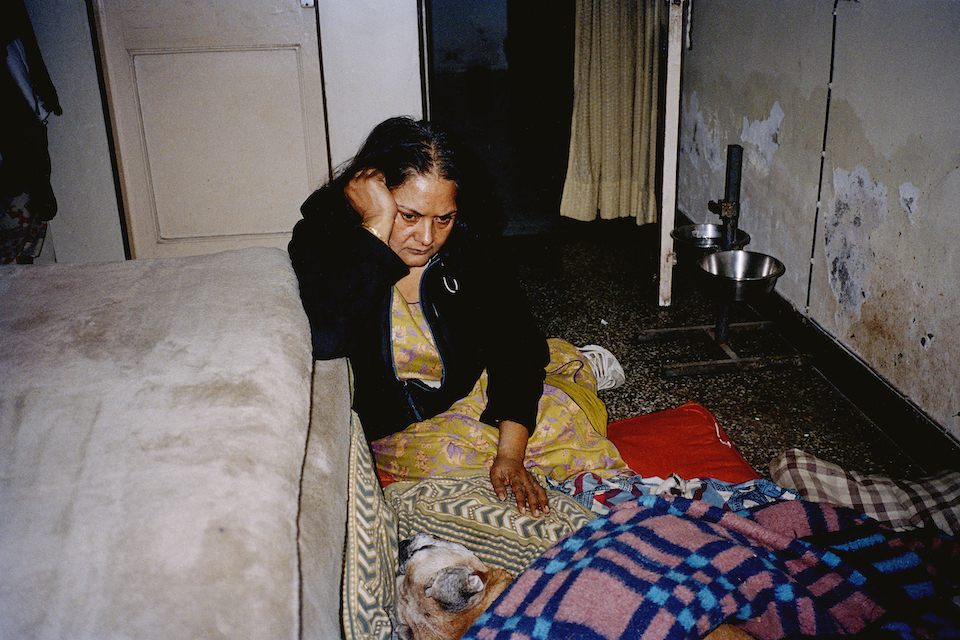
Turning to video allowed Hura to expand upon the realist mode of storytelling. In Pati (2010/20), he narrates his experience revisiting the region he had photographed years earlier over still images from his previous series. Near the end of the eleven-plus-minute film, he keeps the camera rolling on a figure standing in front of a stark, barren landscape. There’s no sound except for the wind. A boy gradually comes into focus. The fifteen seconds of footage offers a glimpse of something more truthful, perhaps.
“This question of honesty was really important to me,” Hura said about what was troubling his work. As he became more technically skilled, he found himself growing increasingly cynical. “I knew exactly what photograph to make, to make someone feel what way, you know? So it started to feel performative,” he said.
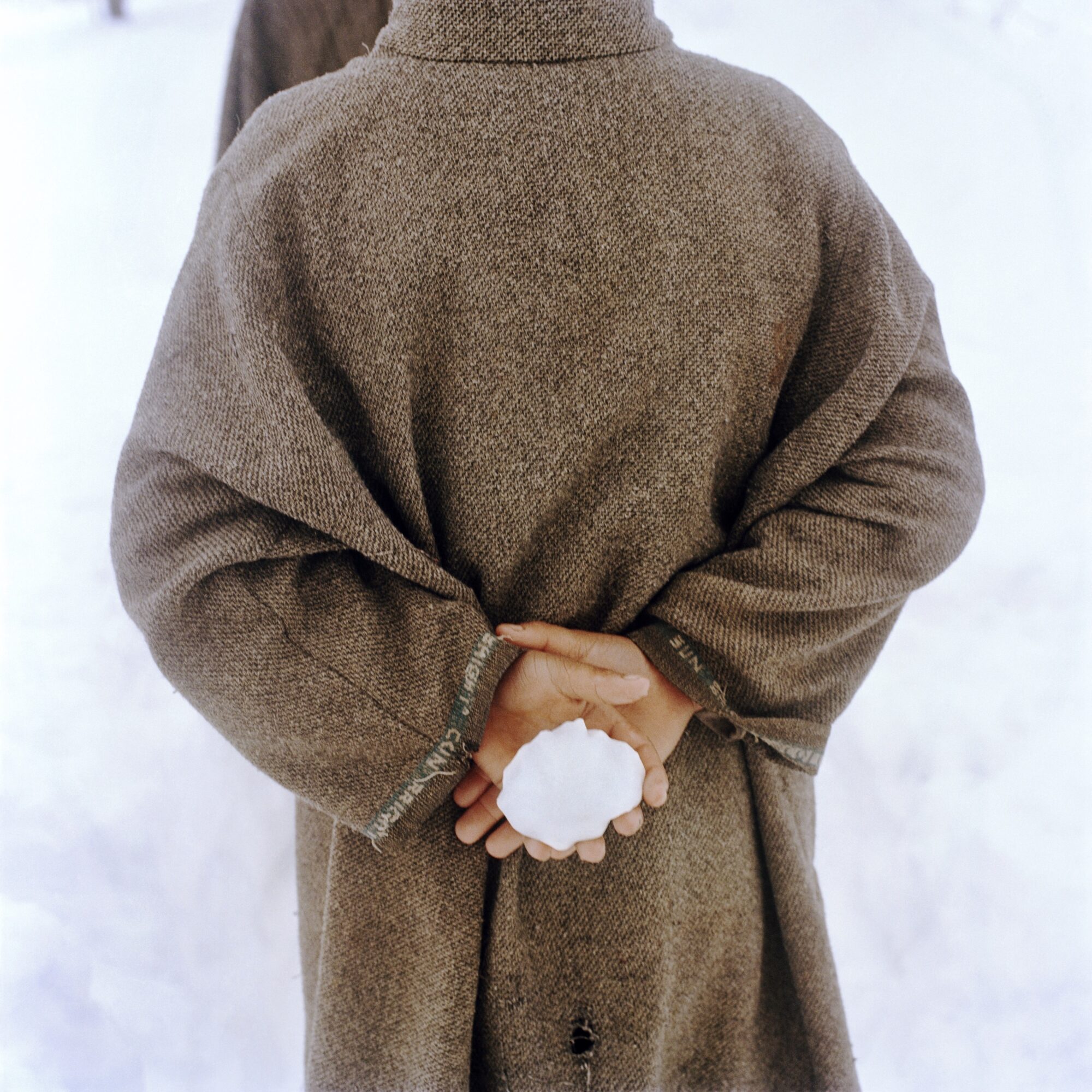
A series he made later in his career, Snow (2015–ongoing), pushes the visual language of documentary photography even further. The photographs allude to the conflict in Kashmir without showing explicit violence or trauma. Only a distant shot of uniformed soldiers hints at the heavy military presence. Instead, Hura observes the region through its phases of winter, directing the viewer’s gaze to the back of a person in a frayed coat holding a snowball, bright orange fruit floating in a thawing puddle, a pair of hands uprooting dandelions from the grass. These details subvert the exploitation and voyeurism often associated with photojournalists who parachute into places of conflict.
Paired with Snow, a four-channel video plays television footage from the 1980s and ’90s that includes news clips representing Kashmir as a place of “terrorism” and Bollywood movies romanticizing it as a backdrop—stereotypes Hura would have been exposed to while growing up in India. The work speaks not only to problems of representation, but also to the artist’s feelings of complicity.

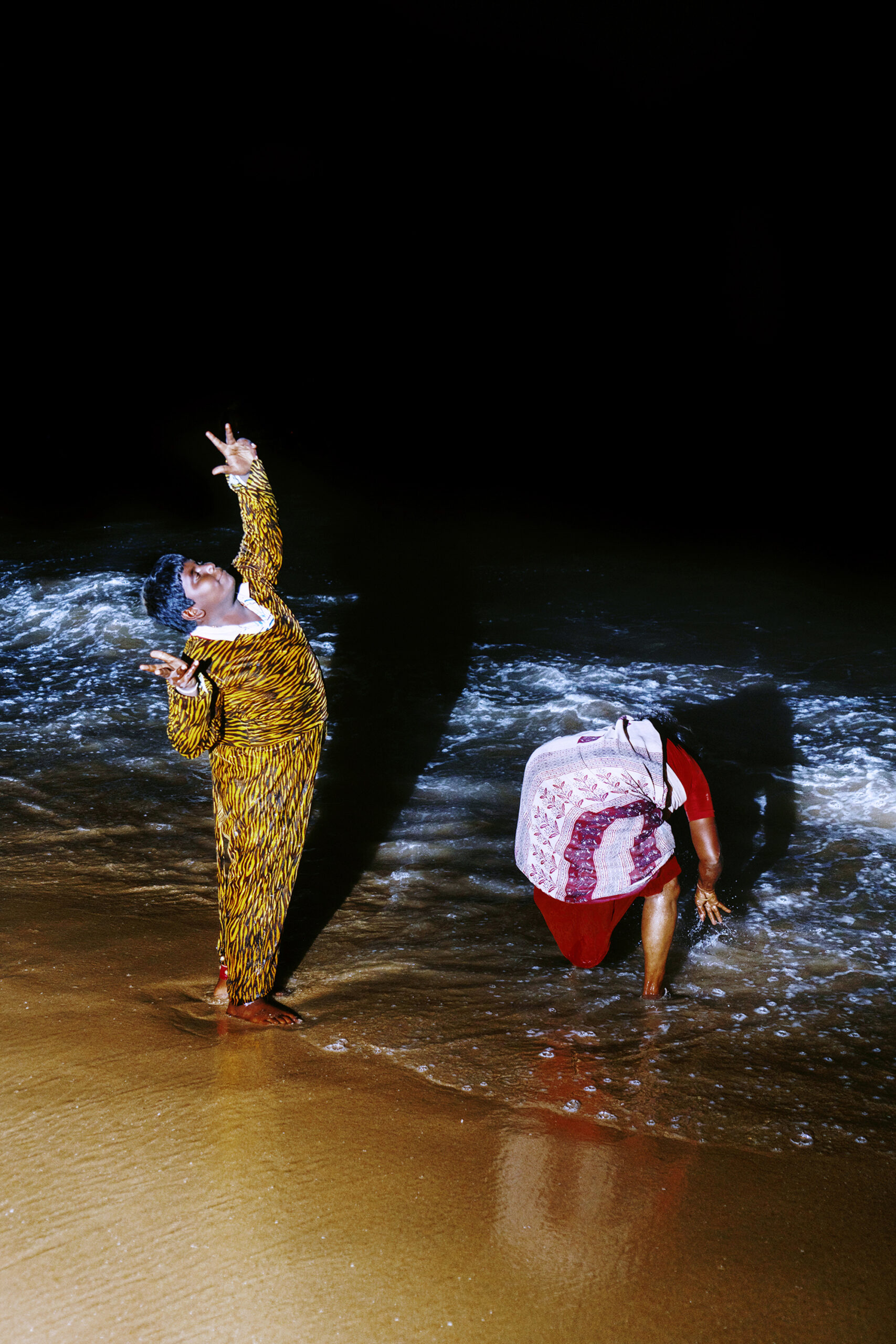
Hura has long wrestled with his role as a photographer and confessed to becoming “a bit jaded” about what he was doing. “People would be really generous to me,” he said. “They would open up their lives, their stories. They would have this expectation that I would change their life by taking the stories back, and every time I had to tell them that that wasn’t the case.” Eventually, he concluded, “photography had its limitations.”
His project The Coast (2013–19), a collection of pigment prints, a single-channel video, and an artist’s book, arose as a critique of image-making. Hura describes the images as “a little intrusive, a little violent” in feeling. Indeed, an ominous mood pervades the scenes from a religious festival taking place along India’s southernmost coast. Accompanying the photographs, the seventeen-and-a-half-minute film slows down footage of people running and jumping into the surf at night, which plays over tense, droning audio that radiates into the other galleries of the exhibition. The images also appear in the book, interspersed among twelve fictional short stories by the artist. On a practical level, the photobook serves as a method for easily transporting and presenting the work. Its curation also manifests as a kind of logic. In The Coast, the photographs sometimes repeat, or “glitch”—a term Hura applies to resisting the so-called perfect image.

The Lost Head and the Bird (2019) rescrambles many of the same images in a ten-minute-long split-screen video. Katrib characterizes Hura’s practice as being “quite iterative,” whereby images will reappear in different bodies of work. “It’s a practice that builds upon itself,” she said. Additionally, the film, which was previously screened at the Museum of Modern Art in 2021, incorporates “appropriated material” from pop culture, current events, and media circulating on WhatsApp. The sequencing mirrors how people in India—and globally—are inundated with manipulated images and propaganda disguised as news. In conversation, Hura said he isn’t afraid of technology such as AI. He’s more concerned with structures of power and how they influence our perceptions of reality. He frequently compares the image to a “mask.”
If image-making itself is a kind of obfuscation, then Hura realized he needed to confront his truth. When he was seventeen years old, his mother was diagnosed with acute paranoid schizophrenia. As he was taking pictures of other people in their most vulnerable states, a thought stayed with him: that it was “easy for me to photograph someone else’s mother.” He continued, “But somehow I wasn’t able to photograph my own mother.” He worried that made him a hypocrite. And so, as difficult as it was, he decided to photograph his mother.
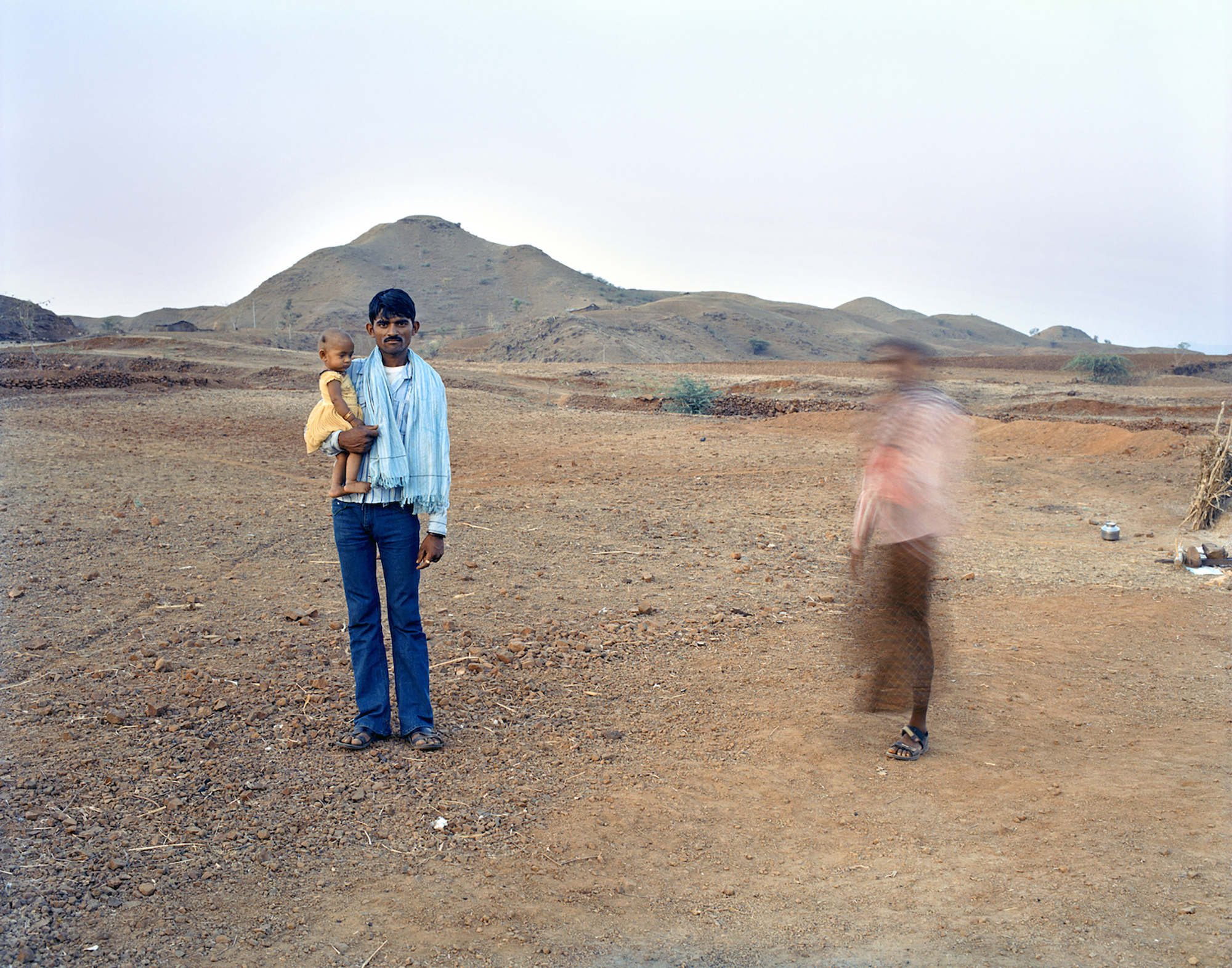
All works courtesy the artist and Experimenter, Kolkata and Mumbai
She smokes a cigarette in bed in a black-and-white photograph published in the book Life Is Elsewhere (2015), one of three that Hura made about her. In Bittersweet (2019), a video that rotates through images like a slideshow, she’s kissing her dog Elsa. Again, she’s shown smoking in a pastel drawing from the book Things Felt but Not Quite Expressed (2022–24). Along the gallery wall, dozens of drawings hang like family portraits. Hura, who began drawing and painting only recently, said he was searching for “softness” within the image.
In the installation Timelines (Delhi, Mother, Sheila, The Bus, The School, The Olive Tree, Bees, Protest, and Mail) (2024–ongoing), he asks, Where do our stories begin? Painting with acrylics on cardboard boxes, he illustrates various memories of his mother’s life, including her sleeping in bed with Elsa, as well as moments from history. “Depending on how the box is folded, you see a different combination of stories, a different combination of points of time,” he said. “In this timeline we see many different points of time, and we make our stories based on that.”
Sohrab Hura: Mother is on view at MoMA PS1, Long Island City, New York, through February 17, 2025.










